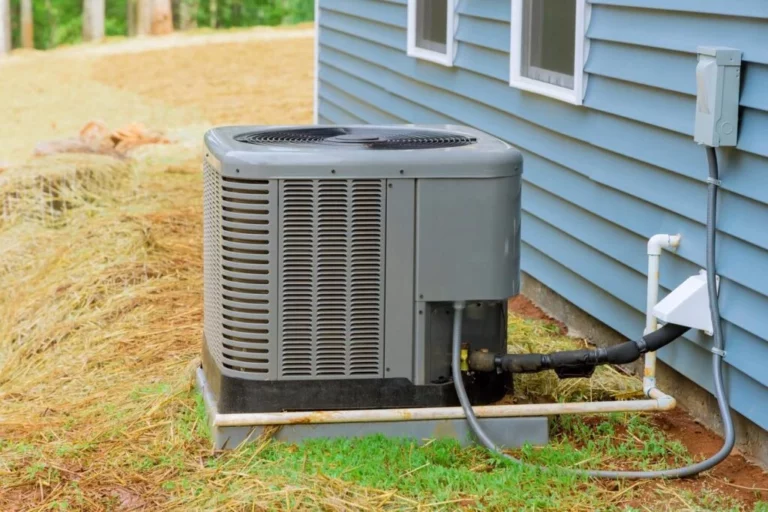Winter brings a unique set of challenges for homeowners, one of the most common being frozen water pipes. When pipes freeze, they can block water flow and even burst, causing significant damage to your home. Thawing frozen pipes inside a wall requires careful attention to avoid further damage. Here’s a step-by-step guide to safely and effectively thaw frozen water pipes in a wall.
How to Thaw Frozen Water Pipes in a Wall
1. Identify the Frozen Pipe
Before you start thawing, you need to locate the frozen section of the pipe. Here are some signs to look for:
- No water flow: If you turn on a faucet and only a trickle comes out, it’s a clear sign of a frozen pipe.
- Frost on the pipe: If you can see or touch the pipe, look for frost or ice on the outside.
- Cold spots: Feel along the wall for cold spots. This might indicate where the pipe is frozen.
2. Shut Off the Water Supply
Before attempting to thaw the pipe, turn off the main water supply to prevent water from rushing out if the pipe bursts. Locate the main shut-off valve, typically found near the water meter, and turn it off.
3. Open Faucets
Open the faucets connected to the frozen pipe. This will help relieve pressure in the pipe and allow water to flow out once it begins to thaw. It also prevents water from backing up and causing a burst pipe.
4. Heat the Area Around the Pipe
To thaw the frozen section, you need to warm the surrounding area. Here are several methods to do this safely:
- Hair Dryer: Use a hair dryer to blow warm air directly on the wall where the pipe is frozen. Keep the dryer moving to distribute the heat evenly.
- Space Heater: Place a space heater near the wall where the pipe is located. Ensure it’s positioned safely and away from flammable materials.
- Infrared Lamp: An infrared lamp can be effective for thawing pipes inside walls. Direct the lamp at the wall to heat the area slowly and evenly.
5. Cut an Access Hole
If you can’t thaw the pipe from outside the wall, you may need to cut an access hole:
- Use a drywall saw to carefully cut a small hole in the wall at the suspected location of the frozen pipe.
- This allows direct access to the pipe for more effective heating using a hair dryer, heat lamp, or even hot towels.
6. Apply Heat Directly to the Pipe
If you have access to the pipe:
- Heating Tape: Wrap electric heating tape around the pipe. Follow the manufacturer’s instructions for safe use.
- Hot Towels: Soak towels in hot water and wrap them around the pipe. This method requires repeated applications to maintain the heat.
- Portable Heater: Aim a portable heater at the exposed pipe to gradually warm it up.
7. Check for Leaks
Once the pipe has thawed, check it thoroughly for any leaks or cracks. Even if the pipe hasn’t burst, freezing can weaken it, making it prone to future leaks. If you notice any damage, call a professional plumber to assess and repair the pipe.
8. Prevent Future Freezes
After successfully thawing your frozen pipes, take steps to prevent future incidents:
- Insulate Pipes: Install foam insulation around pipes in unheated areas.
- Seal Gaps: Seal any cracks or holes in the walls, floors, and foundation to keep cold air out.
- Maintain Heat: Keep your home warm, especially during extremely cold weather. Open cabinet doors under sinks to allow warm air to circulate around the pipes.
Conclusion
Thawing frozen water pipes in a wall requires patience and care to avoid damaging the pipes or causing a burst. By following these steps, you can safely restore water flow and protect your home from water damage. If you’re unsure about any step or if the pipe has burst, it’s best to call a professional plumber for assistance. Taking preventative measures can also help you avoid dealing with frozen pipes in the future.





